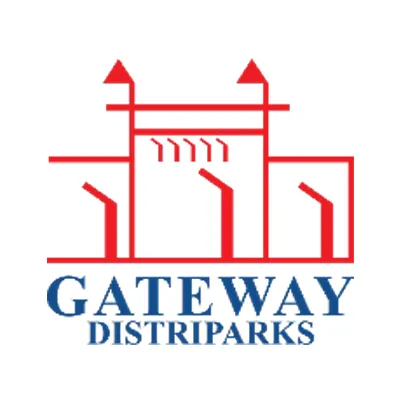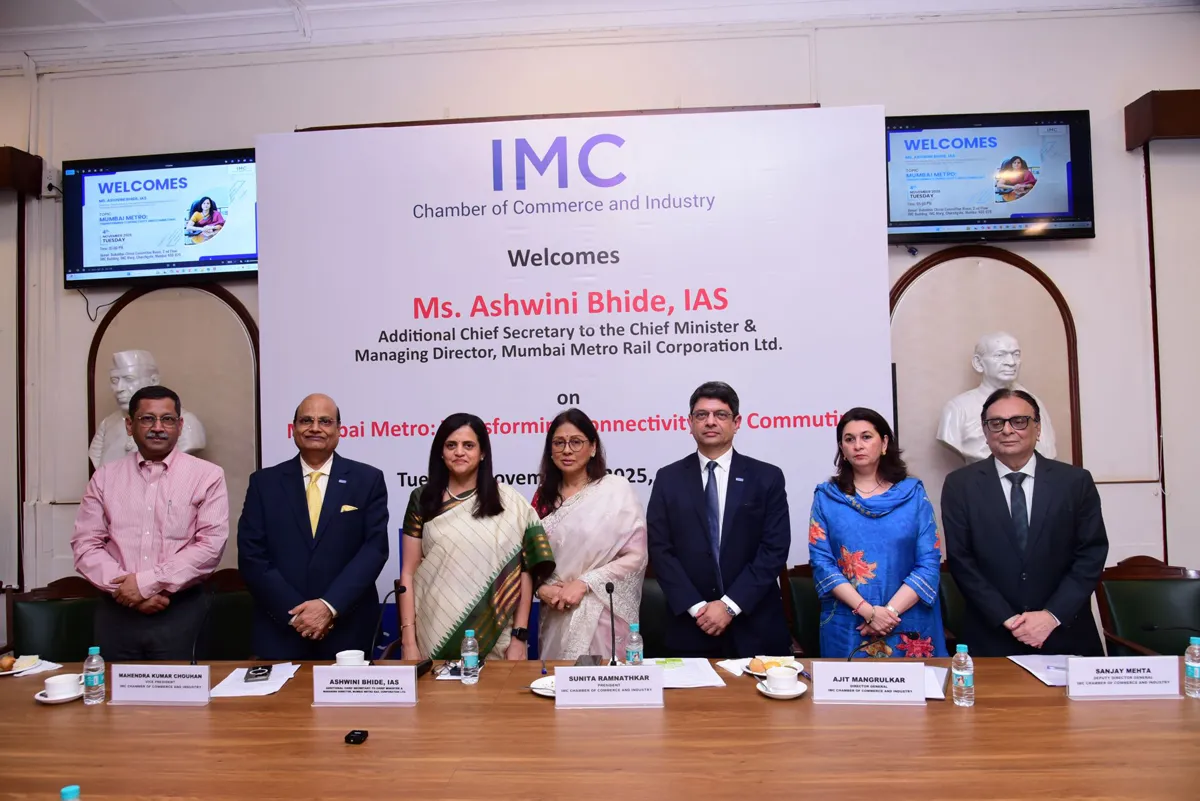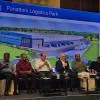The goal is to facilitate the construction of 1 million affordable houses over the next 10 years," says Head-Green Buildings Business, ACC
01 Dec 2017
6 Min Read
CW Staff
Based on the triple bottom-line approach, ACC's Green Buildings Business has seen a rapid upscale in the past year. The Green Building Centres (GBCs) are part of a conscious effort towards sustainable construction and optimum utilisation of resources causing the least possible harm to the environment. Superior quality materials are manufactured using fly-ash while maintaining soil and air quality. These projects are undertaken in rural or semi-urban areas where there is a need for sustainable construction. The areas benefit from the unique business model and the training and employment of thousands of small-scale construction workers.
<p></p>
<p>'Conserving natural resources is integrated into all activities of our value chain, from mining to sales,' says <span style="font-weight: bold;">Danish Rashid, Head-Green Buildings Business, ACC</span>. 'We have adopted a number of eco-friendly practices, from rehabilitating used mines into forests or water bodies to promoting renewable energy sources and pursuing alternative fuels and resources.' He elaborates upon what makes the company - among the first movers in India - rank among the lowest carbon footprint companies globally in conversation with <span style="font-weight: bold;">SHRIYAL SETHUMADHAVAN.</span></p>
<p> <span style="font-weight: bold;">With 33 operational green centres, do you have any expansion plans? </span><br />
ACC has built 33 GBCs in the states of Punjab, Haryana, Uttar Pradesh, Madhya Pradesh, West Bengal, Maharashtra and Rajasthan. The footprint is expanding rapidly with local partners being added in several regions. We expect to have 50 GBCs operational by 2017 end. </p>
<p>The future goal is to facilitate the construction of 1 million affordable houses and toilets in rural India over the next 10 years.</p>
<p> <span style="font-weight: bold;">Tell us about your plan of action. </span><br />
We have already held over 60 workshops and events across the country to create awareness and promote sustainability in construction by creating an ecosystem for affordable housing and sanitation. Workshops with owners of red brick kilns led to six of them joining as partners. </p>
<p>The concept has also caught the attention of our parent company LafargeHolcim, which has identified its potential to be replicated in other developing markets. Our products and solutions have been developed to meet the demand for affordable housing and sanitation in rural and semi-urban India. In the current year, we are likely to facilitate the construction of about 20,000 houses and toilets. We plan to meet our long-term goal through a two-pronged strategy of participating in sanitation programmes and rapidly expanding the number of GBCs in all regions across the country.</p>
<p> At the ACC centre, superior quality materials are manufactured using fly-ash bricks and maintaining soil and air quality. Introduce us to these materials along with their benefits.</p>
<p>ACC has always been in the forefront in the cement industry to introduce and promote blended cement, such as Portland Slag Cement (PSC) and Portland Pozzolana Cement (PPC). PSC and PPC are made by substituting a part of clinker (which is limestone-based) with industrial by-products - slag, derived from steel plants, and fly-ash, a waste product from thermal power stations - which further helps maintain air and soil quality. The significant role played by blended cements in reducing CO2 emissions and resource conservation is well recognised globally. GBCs manufacture roofing, walling and flooring products based on local needs. These are made from fly-ash and concrete. Each GBC has a laboratory to ensure that quality standards of the raw materials and building materials are maintained.</p>
<p> <span style="font-weight: bold;">How feasible are these materials in terms of affordability and availability?</span><br />
GBCs typically manufacture products such as fly-ash bricks, roofing, tiles, toilet blocks and sanitation products. The supply of these building materials is rendered affordable and sustainable as they are made by local people using local processes or simple technologies transferred to local entrepreneurs. The application cost reduces by at least 25 per cent on the use of fly-ash bricks and green concrete products. Long-term savings accrue owing to prevention of seepage, corrosion and efflorescence, which are problems associated with clay brick structures. </p>
<p> <span style="font-weight: bold;">Are you specifically targeting rural or semi-urban areas? </span><br />
For the green buildings business, we are focused on rural and semi-urban areas. The business model not only helps these areas meet building and construction requirements but generates employment opportunities in the region for small-scale workers. We are optimistic about the next few years as various proposals of the Union Budget for 2017-2018 are implemented with a thrust on the rural and semi-urban sectors, infrastructure development and housing. Enhanced investments in these sectors spell expectations of accelerated building activity and, thus, growth in the consumption of building materials.</p>
<p><span style="font-weight: bold;">How does this business model offer a platform for young entrepreneurs and thousands of small-scale construction workers?</span><br />
The ACC GBCs forge partnerships with local bodies and communities. They empower local businesses, generate avenues to develop micro entrepreneurships, and engage with local communities in creating livelihoods in several trades. </p>
<p>The promoters are assisted in acquiring know-how, training, product testing facilities and product development. </p>
<p> <span style="font-weight: bold;">What are ACC's future plans for profitability?</span><br />
In our view, sustainable construction is the future of the construction industry in India. ACC's green building business model is focussed on meeting the construction needs of rural and semi-urban areas, working in unison with local construction workers, keeping in mind the preservation of the environment. </p>
<p> To share your views, write in at feedback@ConstructionWorld.in</p>




















